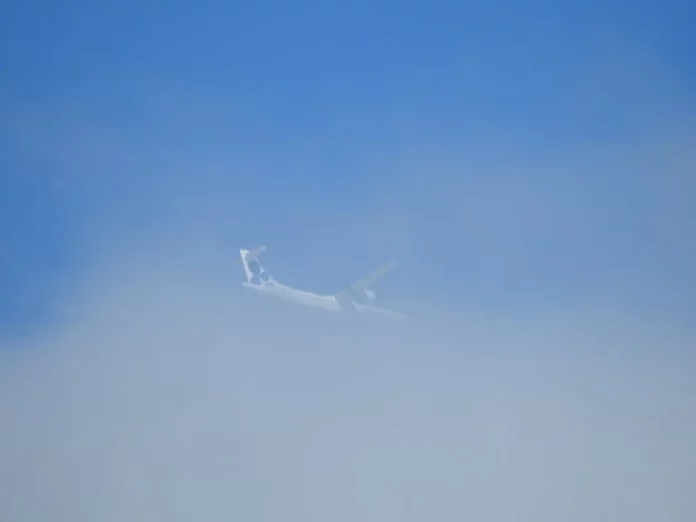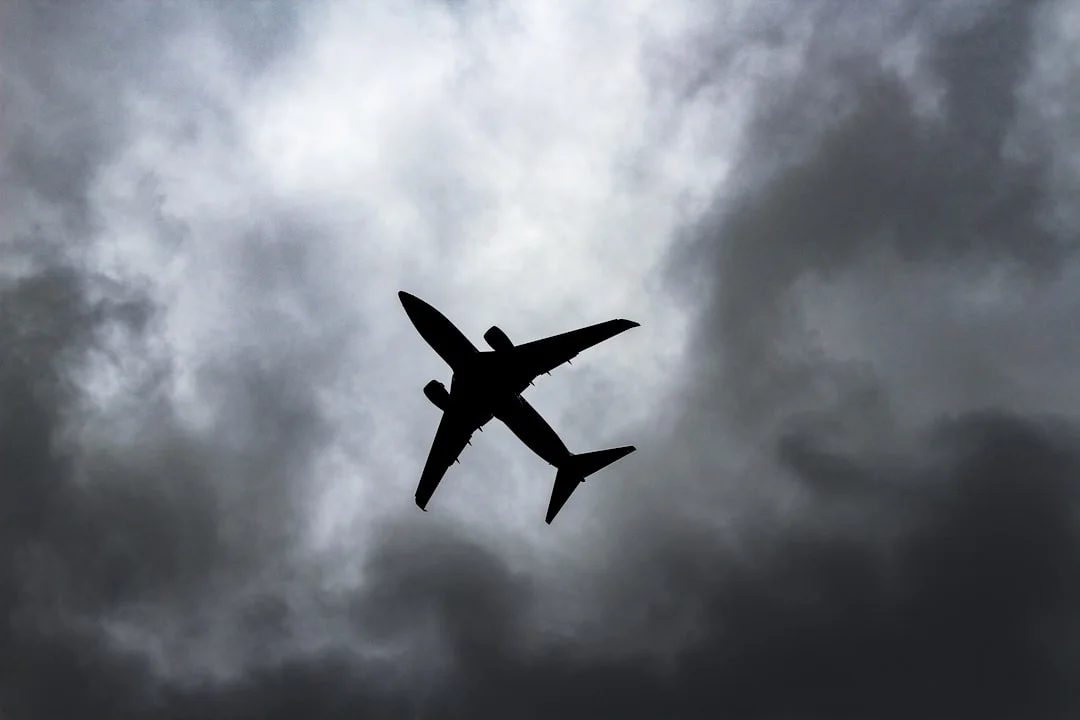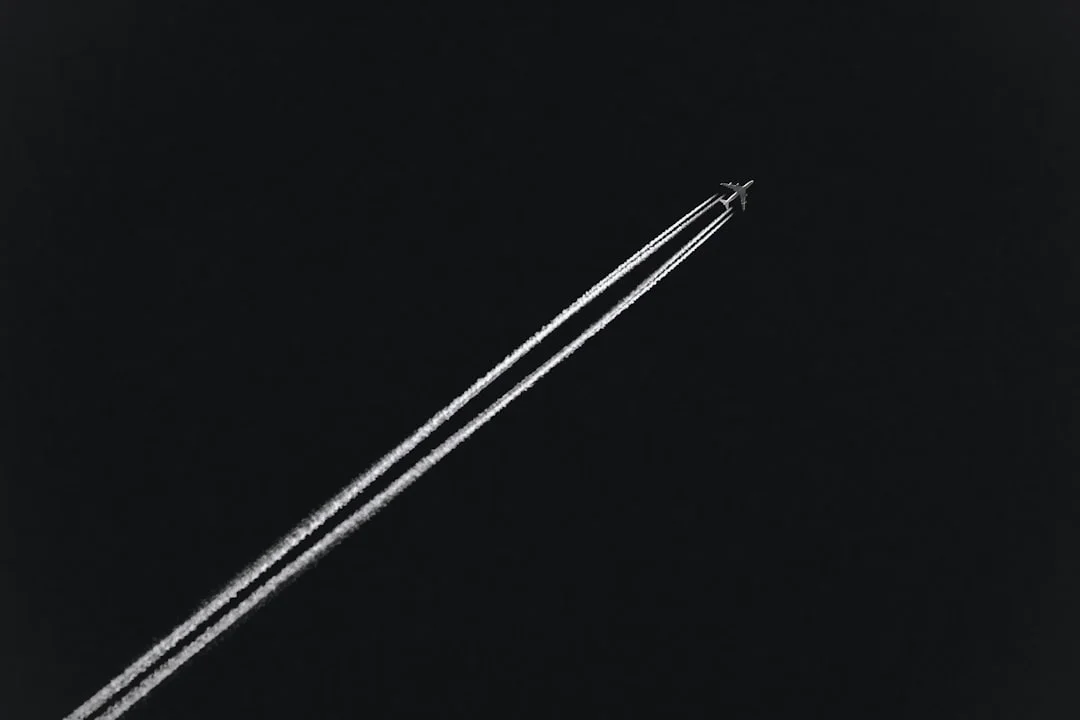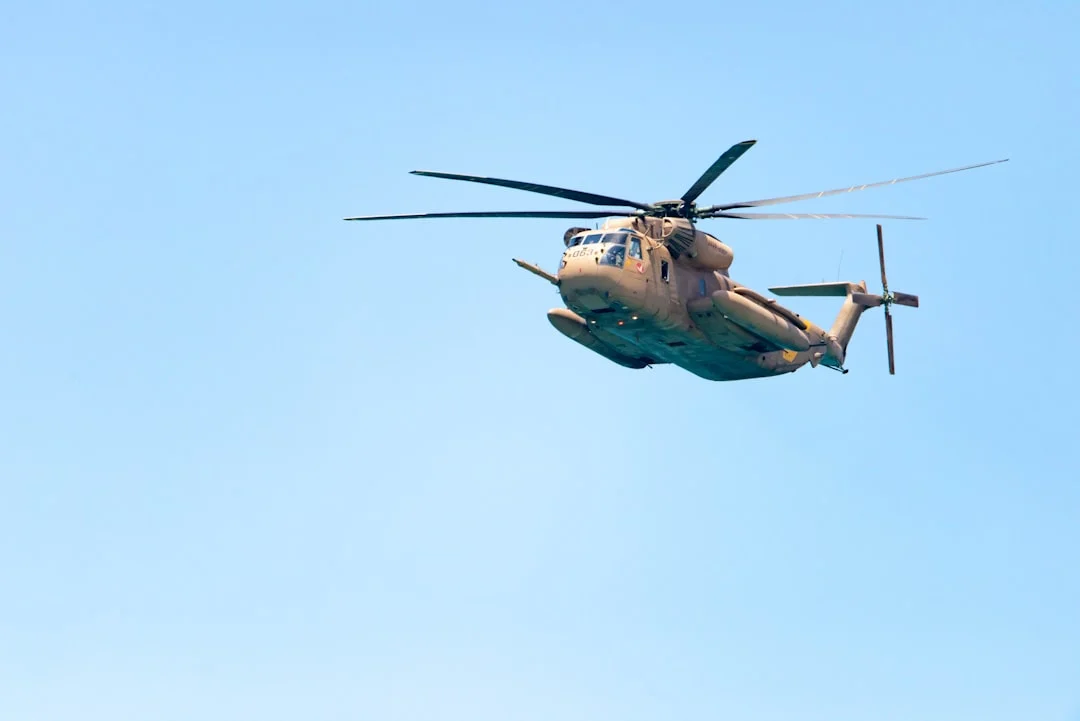The Boeing 777 aircraft is one of the most popular and reliable wide-body airplanes in the world. It is known for its efficiency, range, and spacious cabin. As aviation enthusiasts, it’s essential to understand the various terms used in the aviation industry. One such term is “cruise,” often abbreviated as CRZ, which plays a crucial role in the operation of the Boeing 777. In this article, we will delve into what exactly cruise means in the context of the Boeing 777 and its significance in flight operations.
Contents
Understanding Cruise on the Boeing 777
In aviation, the cruise phase is a critical part of a flight’s journey. It refers to the portion of the flight where the aircraft reaches its optimal altitude and maintains a consistent speed. During this phase, the engines operate at their most efficient power settings, enabling the aircraft to cover long distances while conserving fuel.
On the Boeing 777, the cruise phase is significant for several reasons. Firstly, it allows the aircraft to achieve its maximum range, enabling long-haul flights across continents and oceans. The Boeing 777 is renowned for its impressive range, capable of traveling up to 7,370 nautical miles (13,650 kilometers) in its latest variant, the 777-300ER. This extended range allows airlines to operate non-stop flights on intercontinental routes, connecting distant cities without the need for layovers or refueling stops.
Secondly, the cruise phase also plays a substantial role in passenger comfort. When the aircraft reaches its cruising altitude, usually around 36,000 to 40,000 feet (10,970 to 12,190 meters), it provides a smooth and stable flying experience. The reduced air density at higher altitudes reduces the effects of turbulence, creating a comfortable environment for passengers to relax, sleep, or enjoy the in-flight services.
The Role of Speed in Cruise
Speed is a crucial aspect of the cruise phase on the Boeing 777. The aircraft maintains a constant speed during this phase to optimize fuel efficiency and ensure a timely arrival at the destination. The typical cruise speed for the Boeing 777 is around Mach 0.84, equivalent to 560 miles per hour (900 kilometers per hour) or 490 knots. However, the exact cruising speed may vary depending on factors such as altitude, weather conditions, and air traffic control instructions.
To maintain the desired speed, the Boeing 777 utilizes its powerful engines. The aircraft is powered by two high-bypass turbofan engines, with each engine generating around 110,000 pounds of thrust. These engines enable the Boeing 777 to achieve and sustain its cruising speed efficiently, allowing for a smooth and efficient flight.
It’s important to note that the Boeing 777 is equipped with a fly-by-wire system, which means that the pilot’s inputs are transmitted electronically to the control surfaces instead of traditional mechanical linkages. This advanced system incorporates various automated features that optimize the aircraft’s speed and performance during the cruise phase, further enhancing its fuel efficiency and overall capabilities.
Cruise Altitude Selection
Choosing the right altitude for the cruise phase is crucial for the performance and efficiency of the Boeing 777. The selection of the cruise altitude primarily depends on factors such as distance, atmospheric conditions, and air traffic control regulations. The Boeing 777 typically cruises at altitudes ranging from 36,000 to 40,000 feet (10,970 to 12,190 meters).
The altitude selection aims to optimize several factors, including minimizing fuel consumption, maximizing range, and ensuring the smoothest and most efficient flying conditions. At higher altitudes, the air density is lower, resulting in reduced drag on the aircraft. This lower drag leads to higher fuel efficiency, allowing the Boeing 777 to cover longer distances without compromise.
Furthermore, the choice of altitude also takes into account the prevailing winds. By analyzing wind patterns, pilots can calculate the most favorable altitude to take advantage of tailwinds, which can significantly enhance the aircraft’s groundspeed and fuel efficiency. Airlines and pilots continuously monitor weather reports and collaborate with air traffic controllers to optimize altitude selection during the cruise phase.
Benefits of the Cruise Phase
The cruise phase on the Boeing 777 brings several benefits to both airlines and passengers. Let’s explore a few key advantages:
1. Fuel Efficiency: The cruise phase is where the Boeing 777 operates at its most efficient power settings, allowing for optimal fuel consumption. This translates to significant cost savings for airlines and reduced environmental impact.
2. Range and Connectivity: The Boeing 777’s impressive range during the cruise phase enables airlines to connect distant cities without the need for layovers or refueling stops. Passengers can enjoy the convenience of non-stop flights, saving time and enhancing travel experiences.
3. Passenger Comfort: When the aircraft reaches its cruising altitude, it provides a smoother flying experience with reduced turbulence. Passengers can relax, sleep, or enjoy various amenities and services provided onboard, contributing to overall satisfaction.
4. Reduced Travel Time: By operating at optimal speeds, the Boeing 777 ensures timely arrivals at destinations, minimizing travel time and offering greater convenience to passengers.
In conclusion, the cruise phase on the Boeing 777 is a crucial part of the aircraft’s operation. It allows the aircraft to cover long distances efficiently, ensures passenger comfort, and offers substantial benefits to airlines and travelers alike. Understanding the role of cruise and its optimization helps us appreciate the engineering excellence behind the Boeing 777’s performance and its impact on the aviation industry.
For More: What is OMS on Boeing 777? (Outboard Maintenance System)




